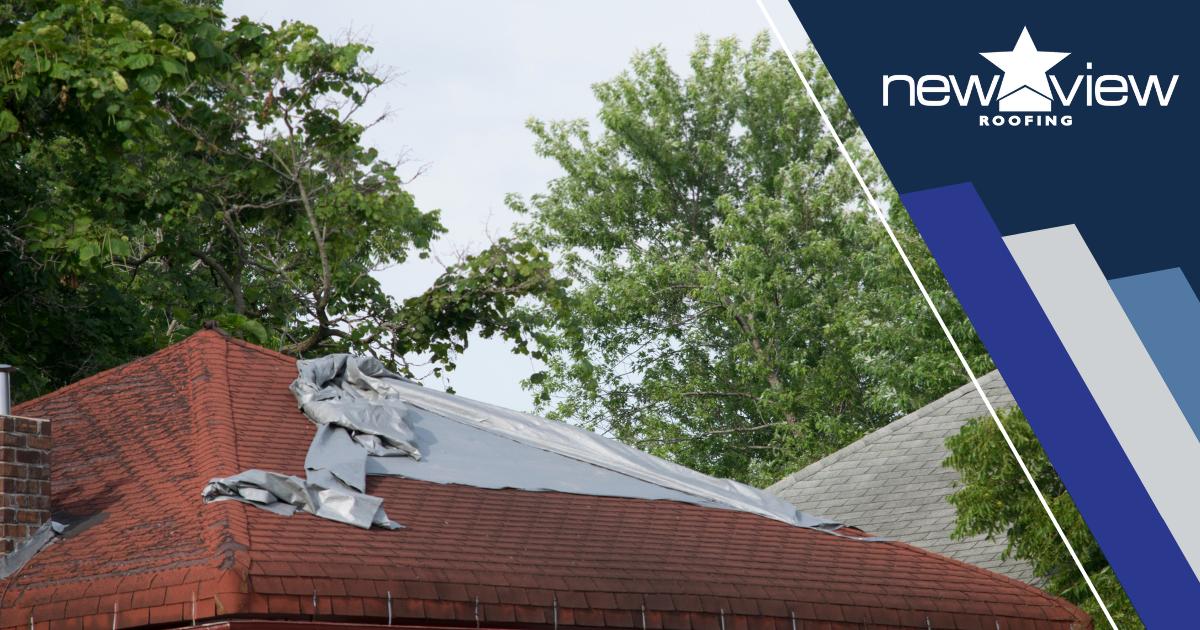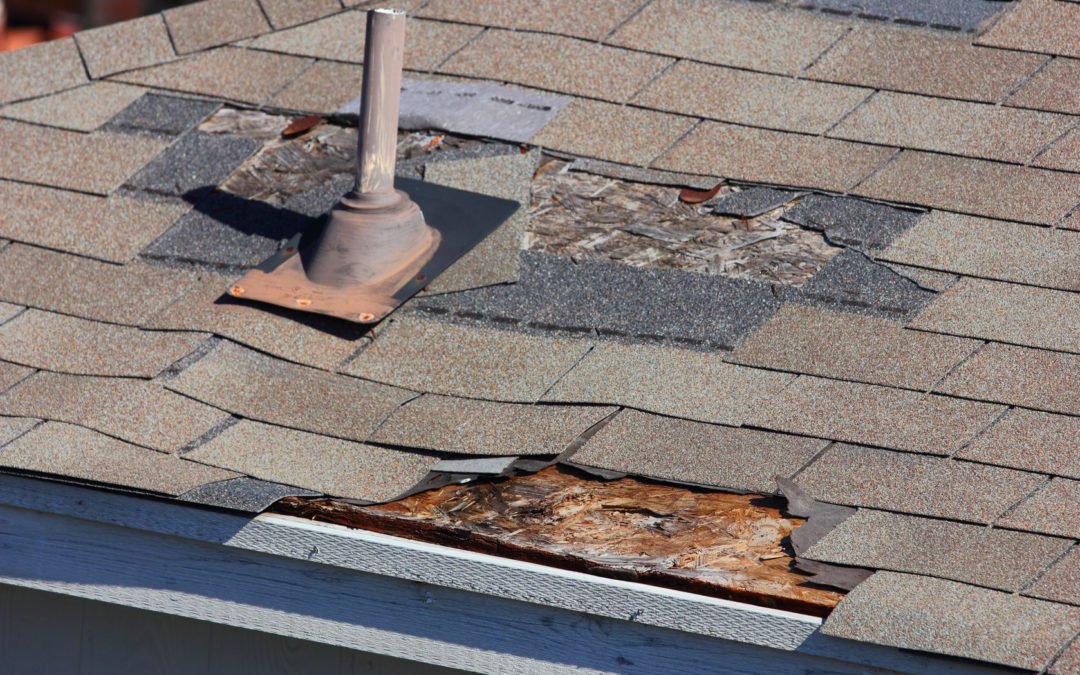Know-how That Matters: Browsing the Landscape of Residential Roof Installation in Austin
Wiki Article
The Crucial Guide to Roofing System Installment: Everything You Need to Know
Whether you're a house owner or a professional, comprehending the ins and outs of roofing system setup is vital. That's where "The Essential Guide to Roof Setup: Everything You Need to Know" comes in. With a 2nd individual point of view, active voice, and lots of sensible tips, this guide is your best source for all points roof covering installation.Roof Covering Materials
When choosing the ideal roofing materials for your setup, it is necessary to consider aspects such as toughness, cost, and aesthetic appeal. You want a roofing material that will certainly withstand the components and offer lasting security for your home. One option to take into consideration is asphalt roof shingles. They are affordable and come in a selection of colors and designs to suit your taste. One more choice is metal roof, which is highly resilient and resistant to fire, insects, and rot. Steel roof coverings can likewise be power efficient and mirror warm, aiding to minimize cooling prices. Take into consideration wood roof shingles or drinks if you're looking for a more environment-friendly and all-natural choice. They provide a rustic appearance and can last for years if appropriately kept. Clay or concrete tiles are another preferred option, known for their durability and aesthetic appeal. They are available in a series of shades and designs and are resistant to fire, rot, and bugs. When picking roof covering products, it's vital to weigh the advantages and disadvantages of each option and pick the one that finest fits your needs and budget.Roof Covering Inspection and Analysis
1. Prior to beginning your roof covering installation, it is crucial to perform a complete roofing system inspection and analysis. roof installation. This step is vital to make sure that your roof is in excellent condition and can support the installment process. A roof covering examination includes checking out the general problem of your roof covering, determining any type of existing issues, and evaluating its architectural integrity.During the inspection, you need to examine for any type of indications of damage, such as missing out on or broken tiles, leaks, or sagging locations. It is also crucial to examine the flashing around skylights, chimneys, and vents, as these locations are susceptible to leakages. Furthermore, examine the gutters and downspouts for any debris or clogs that could affect correct water drain.
When you have actually finished the examination, you need to evaluate the overall problem of your roofing system. If any kind of repairs or replacements are required prior to proceeding with the installment, figure out. If there are considerable problems, it is recommended to seek advice from an expert contractor to examine the level of the damages and supply suitable services.
Roofing System Installation Process
To start the roofing system installation process, you will require to collect all the essential products and devices. This consists of roof covering shingles, underlayment, nails, flashing, and any kind of other components needed for your particular roof covering system. It is very important to guarantee that you have sufficient of each material to cover the entire roofing area, along with any type of additional products needed for valleys, vents, and other roofing system functions.When you have all the materials handy, you can begin by preparing the roof covering surface. This entails eliminating the old roof covering materials, such as shingles, underlayment, and blinking. It's important to inspect the roof deck and make any type of required repair services or substitutes before continuing.
Next, you will certainly need to set up the underlayment, which works as a dampness barrier and provides added protection for your roof. Start at the end of the roof and work your method up, making sure that each row of underlayment overlaps the previous row.
After the underlayment remains in place, you can begin mounting the roof covering roof shingles. Beginning near the bottom edge of the roofing and work your way up, adhering to the manufacturer's guidelines for the certain kind of tiles you are utilizing. Secure each tile with nails, making certain they are appropriately straightened and spaced.
Ultimately, you will need to mount the blinking around roofing features such as smokeshafts, vents, and skylights. This assists to stop water infiltration and makes sure a leak-proof seal. As soon as all the shingles and blinking are mounted, you can evaluate the roof covering for any areas that may need extra attention or touch-ups.

Roofing Tools and Devices
You will certainly require a selection of important roofing tools and equipment to successfully complete the setup procedure. These tools are needed to make sure that the roof covering is correctly mounted and will certainly supply resilient protection for your home. One of the most essential devices you will certainly need is a roof hammer, also referred to as a roofing hatchet. This device is especially made for roofing and includes a sharp blade for cutting shingles and a hammer head for driving in nails. In enhancement to a roof hammer, you will also need an energy blade for cutting shingles, a tape step for taking accurate dimensions, and a chalk line for marking guidelines on the roofing system. Other devices that are crucial for roofing installment consist of a ladder, a roof nail weapon, and a roof nailer. It is vital to have the right tools and tools to make sure the setup procedure goes smoothly and effectively. By buying these crucial devices, you can be confident in the top quality and toughness of your roof installment.Roofing Maintenance and Treatment
How often should you check and keep your roofing system to guarantee its durability? Normal roofing maintenance is vital in protecting the life-span of your roofing. It is recommended to carry out a thorough examination a minimum of two times visit site a year, preferably in the spring and fall. These are the moments when extreme weather, such as hefty rain, strong winds, or snowfall, can cause significant damages to your roofing. Furthermore, it my explanation is advisable to check your roofing after any serious weather condition occasion to inspect for any potential problems or damages.Throughout your roofing inspection, pay attention to signs of wear and tear, such as loosened or missing tiles, split caulking, or damaged flashing. It is crucial to deal with these concerns immediately to stop additional damage and leaks - roof installation. Regularly tidy your downspouts and seamless gutters to ensure proper drainage and stop water buildup on your roof covering
In enhancement to evaluations, it is vital to perform regular roof upkeep jobs. Trim any type of looming tree branches to stop them from rubbing versus the roof covering and causing damages. Get rid of any type of debris, such as twigs or fallen leaves, from the roofing system surface area to stop water retention and possible rot. If you discover any signs of moss or algae development, think about applying a roof cleansing option to avoid more damages.
Final Thought
So there you have it, the important overview to roof setup. By recognizing the various roof materials, conducting routine examinations, following the right installation process, and using the right devices and equipment, you can ensure a long lasting and strong roof covering for your home. Keep in mind to likewise prioritize regular upkeep and like prolong the lifespan of your roof covering and avoid any kind of possible problems. With this expertise, you'll be well-equipped to make educated decisions regarding your roofing system installation.
Before beginning your roof covering click here for more installation, it is essential to perform a comprehensive roof examination and assessment. A roofing inspection involves checking out the total problem of your roof covering, identifying any kind of existing issues, and evaluating its structural integrity.
It's crucial to ensure that you have enough of each material to cover the entire roof area, as well as any extra products needed for valleys, vents, and various other roofing functions.
Other tools that are necessary for roofing system setup consist of a ladder, a roof nail gun, and a roof covering nailer. Regular roofing upkeep is essential in preserving the life-span of your roofing system.
Report this wiki page